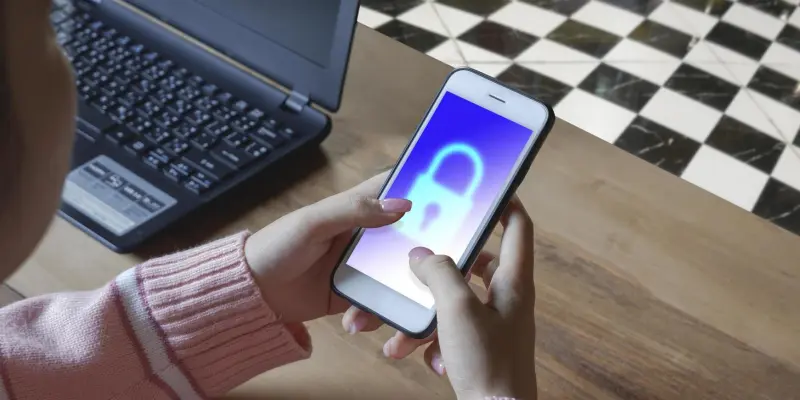With the increasing incidence of phone thefts plaguing cities globally, it’s clear that robust technological measures are imperative for safeguarding user data and devices. Mobile phone manufacturers, specifically Apple and Google, have taken significant steps to mitigate this problem through innovative anti-theft features. These enhancements aim to make it exceedingly difficult for criminals to unlock stolen phones, thus devaluing the stolen devices and consequently reducing the incentives for theft. With Google’s latest updates to Android and Apple’s similar advancements in iOS, both tech giants are setting a new standard for smartphone security.
Enhanced Security in Android Devices
Google has made notable strides in advancing the security features of Android devices. A key development is the introduction of the “Identity Check” feature. Initially rolled out for Pixel and Samsung devices, this feature will be more widely available with the upcoming Android 16 update. Identity Check adds an additional layer of security by requiring biometric authentication for accessing sensitive apps, even if a thief knows the device’s passcode. By eliminating fallback options such as PINs, passwords, or patterns, this feature thwarts the common tactic of thieves observing users as they input their PINs before stealing the phones. Furthermore, the new Android feature addresses a critical vulnerability observed in previous security models. Thieves had been capitalizing on the ease with which passcodes could be observed and later used to unlock devices. By necessitating biometric verification, such as fingerprint or facial recognition, the Identity Check creates a significant barrier to accessing personal data. This enhancement not only protects users’ sensitive information but also decreases the black market value of stolen phones, acting as a deterrent for potential thieves. While these updates may not entirely eliminate phone theft, they serve as a substantial obstacle, making stolen devices considerably less appealing.
Apple’s Continued Commitment to Security
Apple has been a pioneer in prioritizing user data security, continually refining its anti-theft measures with each iOS update. Similar to Google’s Identity Check, Apple employs a partitioned enclave system that requires additional authentication in specific scenarios. For instance, if a phone is taken away from familiar locations or in situations indicating potential theft, extra security measures are triggered. This added layer of protection ensures that even if a thief possesses the physical device, accessing the data within remains a challenging endeavor.
In addition, Apple has integrated these security measures seamlessly into the user experience, ensuring that enhanced protection does not come at the cost of convenience. The company’s approach underscores the importance of maintaining a balance between robust security and user-friendly design. As technology evolves, Apple remains steadfast in its commitment to safeguarding user data against ever-evolving threats. By making continuous improvements to its operating system, Apple contributes significantly to a secure mobile ecosystem, reaffirming its leadership in the area of digital security.
Future Considerations and Industry Impact
With the growing frequency of phone thefts troubling cities around the world, it’s evident that strong technological measures are crucial for protecting user data and devices. Mobile phone manufacturers like Apple and Google have undertaken significant efforts to address this issue by introducing advanced anti-theft features. These innovations are designed to make it extremely challenging for thieves to unlock stolen phones, thereby decreasing the value of these devices and reducing the motivation for theft. Google’s recent updates to the Android operating system and Apple’s similar enhancements to iOS are setting new benchmarks for smartphone security. In addition to making it harder for criminals to access stolen devices, these updates also focus on protecting personal information from unauthorized access. For example, both companies have implemented features that allow users to remotely lock and wipe their devices if they are stolen, ensuring that sensitive data remains secure. These advancements underscore the commitment of leading tech firms to improving the overall safety and reliability of mobile technology.

